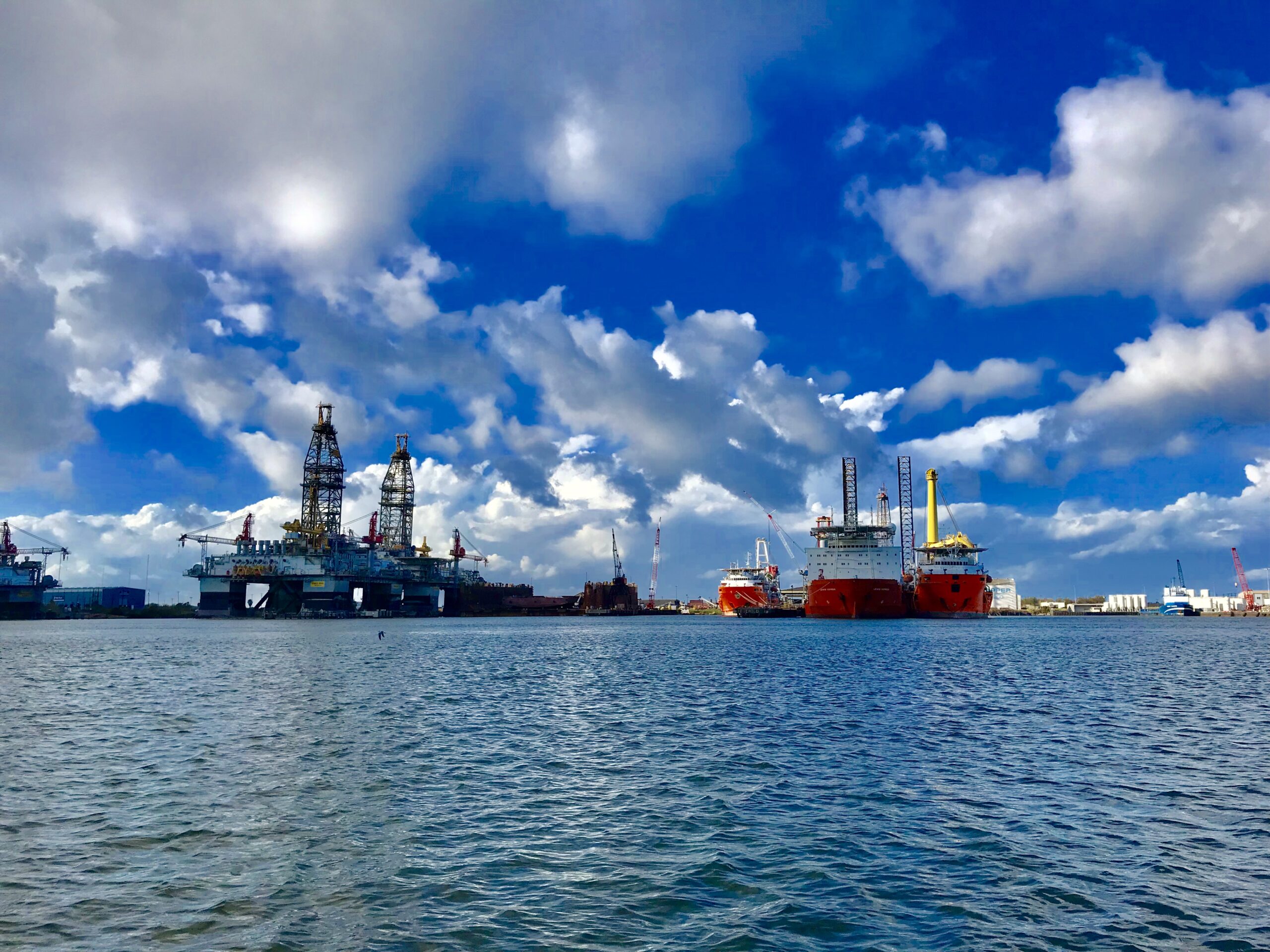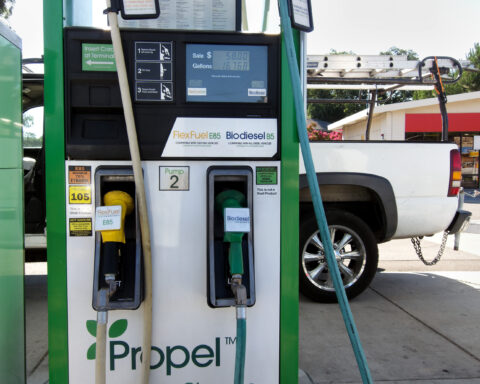Electrifying America’s ports will help both the environment and nearby disadvantaged communities, a new study finds. The International Council on Clean Transportation (ICCT) report on the benefits of electrification at U.S. seaports shows the potential to significantly reduce the emission of greenhouse gases (GHGs), pollutants and particulate matter from berthed vessels.
The paper focuses on benefits at ports where these effects impact surrounding areas with household incomes below the national median. These communities are also considered out of compliance for air-quality standards defined by the U.S. Environmental Protection Agency. The ICCT analysis identifies 43 such ports and port groups and organizes them into four priority groups based on emissions from vessels at berth and the population living near each port.
The best opportunities for reductions are at priority 1 ports, including the port groups in New York City and Los Angeles, and priority 2 ports (New Orleans; Seattle; Galveston, Texas, port group; Houston; and Oakland, Calif., port group) by implementing shore power systems compatible with the highest-emitting vessels, including tankers, container ships, cargo vessels, cruise ships and tugboats.
Recent federal initiatives, such as the 2021 Bipartisan Infrastructure Law (BIL) and the 2022 Inflation Reduction Act (IRA), provide funding for maritime activities to shift away from diesel-powered systems by investing in emission-reduction technologies at ports and adopting sustainable fuel alternatives.
Most oceangoing vessels use combustion engines that run on fossil fuels. While main engines can be turned off when docked, auxiliary engines typically provide power for essential functions like lighting, communication and refrigeration. Both main and auxiliary engines release greenhouse gases and air pollutants, including nitrogen oxides, sulfur oxides, particulate matter and ground-level ozone, depending on the fuel type.
RELATED: 11 Washington ports receive $26.5 million to electrify operations
Shore power systems enable docked vessels to connect to land-based electrical grids, allowing them to also shut down auxiliary engines. This technology not only helps lower GHG emissions near ports but also reduces air pollution in nearby communities.
According to the EPA, nearly 39 million people in the U.S. live within three miles of a port, many of whom are people of color and live at or below the national median household income. These communities are disproportionately impacted by vessel emissions, with prolonged exposure to elevated levels of air pollutants leading to premature death and health issues like heart and lung disease, respiratory conditions and cancer.
While existing state and federal regulations on emissions and fuel help protect these populations, further actions are needed to address an anticipated rise in shipping emissions.
The BIL allocates $450 million annually through 2026 for the U.S. Maritime Administration’s Port Infrastructure Development Program (PIDP). This program funds projects that improve the loading, unloading and transport of goods at ports, boost climate resilience and develop strategies to reduce emissions.
The IRA allocated $3 billion to the Clean Ports Program (CPP) to help reduce pollution at ports and create climate change mitigation plans. The CPP features two separate, non-exclusive funding programs aimed at helping ports decarbonize: the Zero-Emission Technology Deployment Competition and the Climate and Air Quality Planning Competition. Funding opportunities for both closed in May, with selections expected to be finalized this month.
The ICCT report suggests that any of the seven priority 1 and 2 ports could benefit from investing in port electrification targeting the highest-emitting vessels.
Although the New York City port group offers shore power for cruise ships, container ships and tugs were found to be the largest polluters in 2019. In the Los Angeles port group, shore power and emissions regulations apply to container ships and tankers, which were the main sources of air pollution that year, followed by cruise ships. Many of these top-priority ports already have plans focused on reducing emissions from port activities.
Ongoing federal support will be central to overall port decarbonization and electrification efforts. This funding could be used to install shore power systems, set up air quality monitoring programs or create emissions inventories to more accurately identify areas where shore power could significantly reduce emissions and enhance air quality for nearby communities.
urban.houstonian, CC BY 2.0 https://creativecommons.org/licenses/by/2.0, via Wikimedia Commons













